
Blog
PFAS In Water – Invisible Chemicals and The Fight to Remove them
Author: Colman Lynch – Process Scientist.
The presence of PFAS in water presents a significant quality challenge for treatment facilities worldwide. These synthetic chemicals (Per- and polyfluoroalkyl substances), developed for their resistance to water, oil, and heat, are now present in numerous household products and industrial applications. Their persistence in the environment and potential health implications have led to increased regulatory scrutiny and new treatment standards, making PFAS removal a key focus for water quality professionals.
What are PFAS?
Per – and polyfluoroalkyl substances known as PFAS have been called the forever chemicals due to their persistence in the environment and the body. They were originally used due to their resistance to water, oil, and heat, however PFAS chemicals are now found in a wide range of products, from non-stick cookware, fire-fighting foams, to waterproof fabrics (Amen et al., 2023). Common household products which may contain PFAS include carpets, glass, paper, clothing, plastic, cookware, food packaging, electronics, and personal care products. PFAS may also be used in metal coatings, lubricants for machinery, and in pesticides (Kwiatkowski et al., 2020).
These chemicals are now a major focus for scientists and water treatment professionals due to their impact both on human health and on ecosystems.
Wastewater treatment plants and landfills have been found to indirectly introduce PFAS into the environment, as leachate containing these chemicals can leach into soil and water sources (Amen et al., 2023).
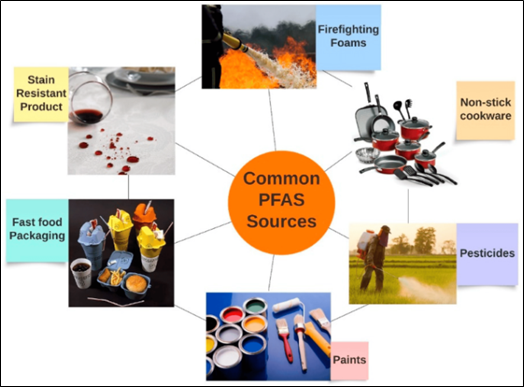
Figure 1: Sources of PFAS (Amen et al., 2023)
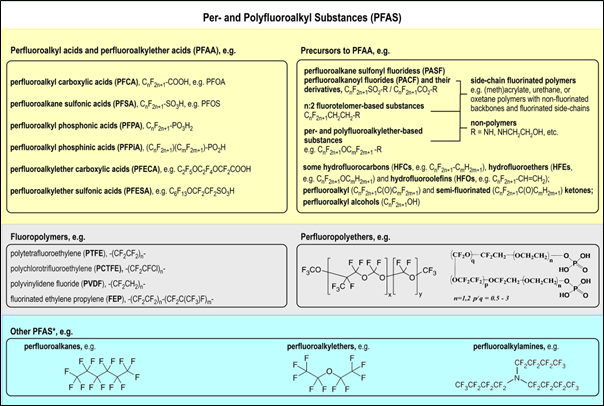
Figure 2: Examples of PFAS chemistries (Kwiatkowski et al., 2020)
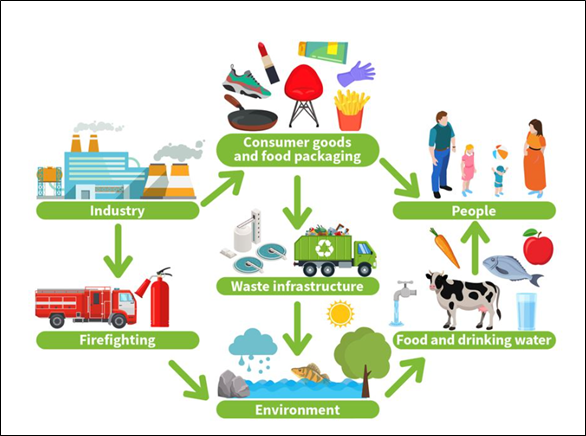
Figure 3: Life cycle of PFAS (Royal Society of Chemistry, 2023)
PFAS and Drinking Water Contamination
PFAS in water contamination is increasingly affecting drinking water which raises public health concerns. Scientific studies have linked long-term PFAS exposure to several health issues such as immune system suppression, hormone disruption, and even certain cancers (Grandjean & Clapp, 2015). In response, regulatory bodies worldwide are establishing stricter guidelines to control PFAS levels in drinking water as research uncovers the extensive presence of PFAS in the environment and the need to reduce their levels in drinking water. In 2019, a European Environment Agency briefing stated that PFAS had been detected in the environment across Europe which included in water bodies and living organisms (European Environment Agency, 2023).
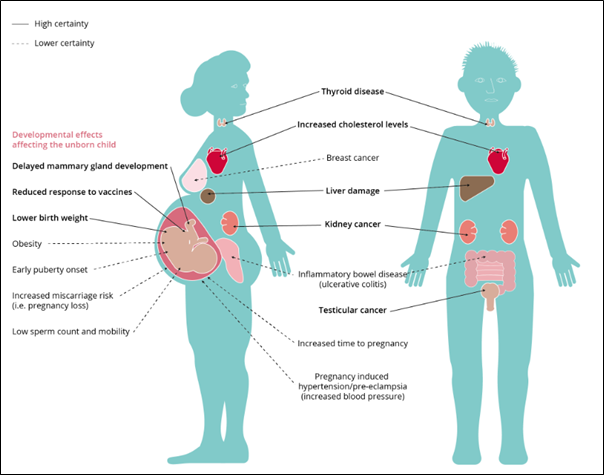
Figure 4: Effects of PFAS on human health (European Environment Agency, 2023)
Under the European Union (Drinking Water) Regulations 2023, total PFAS in drinking water will be capped at 0.5 µg/L, and the combined limit for 20 priority PFAS will be 0.1 µg/L, effective from January 11, 2026. From this date, Uisce Éireann will oversee national PFAS monitoring in drinking water.
In the UK, the Royal Society of Chemistry proposes reducing the individual PFAS limit from 100 ng/L (0.1 µg/L) to 10 ng/L (0.01 µg/L) and setting a total PFAS cap of 100 ng/L (0.1 µg/L). Currently, 35% of English and 37% of Welsh water courses tested show medium-to-high levels of PFOA and PFOS. Meanwhile, the US is introducing a stricter limit of 4 ng/L for PFOA and PFOS (Royal Society of Chemistry, 2023).
The concentrations of PFAS in source drinking water in the US ranges from below one to over 1000ng L-1, with most drinking water treatment plants unable to remove them before supplying drinking water for public supply (Vu & Wu, 2020).
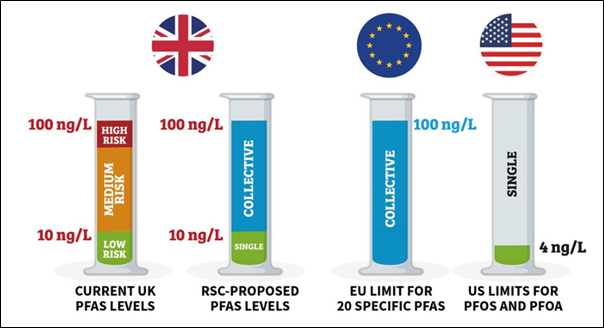
Figure 5: Current and proposed PFAS thresholds in UK, EU, and US (Royal Society of Chemistry, 2023)
Why Are PFAS in Water So Hard to Remove?
One of the greatest challenges in PFAS removal is their strong carbon-fluorine bonds, which make these substances both chemically stable and resistant to conventional treatment processes. Recent research shows that advanced treatment technologies like granular activated carbon (GAC) and ion exchange resins are currently the most effective options for reducing PFAS levels in water (Rahman et al., 2014). PFAS does not break down or does so very slowly under natural conditions. They accumulate in the environment including in the air, water, soil, or plants. Elevated levels of PFAS in the environment and drinking water come from industrial sites that produce or use PFAS, such as airports, military bases, landfills, and wastewater treatment plants. Exposure to PFAS may occur during chemical production, manufacturing, distribution, use, disposal, and recycling (Kwiatkowski et al., 2020).
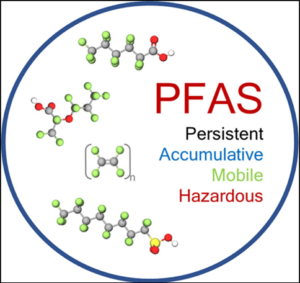
Figure 6: Qualities of PFAS (Kwiatkowski et al., 2020)
Rising Awareness and Action
The public’s awareness of PFAS grew dramatically with the release of the film Dark Waters, in which actor Mark Ruffalo portrays the real-life case of a lawyer taking on a chemical company over PFAS pollution. This film helped to shine a light on the health implications and regulatory gaps surrounding PFAS, prompting a wider call for action and accountability.
The Water Sector’s Role
As research advances, the water sector faces a dual responsibility: understanding PFAS in water behaviour in natural and engineered environments, and implementing technologies that ensure cleaner, safer drinking water. Coftec is at the forefront, balancing innovation with cost-effectiveness, to mitigate this pervasive threat. We are committed to delivering cleaner, safer water. The fight against PFAS is far from over, but through commitment and collaboration, we can take crucial steps to protect public health as PFAS awareness continues to grow.
Do not Let PFAS Compromise Your Water Quality.
At Coftec, we understand the complexities and difficulties faced when dealing with PFAS in drinking water. Our multi-disciplinary team of scientists and engineers has a proven record of accomplishment in developing innovative and practical solutions to problems such as PFAS in drinking water.
Contact our team to explore solutions for your water treatment needs. We provide expertise in optimising drinking water treatment processes to reduce PFAS breakthrough, implementing monitoring and control measures for regulatory compliance, and improving water quality standards. Our approach focuses on practical, effective solutions tailored to your specific requirements.
Contact Coftec to discuss how we can assist with your project, whether designing a new facility or refurbishing an existing one.
Email: info@coftec.ie
Phone: + 353 (0)91 844356
References:
Amen, R., Ibrahim, A., Shafqat, W. & Hassan, E.B., 2023. A critical review on PFAS removal from water: Removal mechanism and future challenges. Sustainability, 15(23), p.16173. Available at: https://doi.org/10.3390/su152316173
European Environment Agency, 2023. Emerging chemical risks in Europe – ‘PFAS.’ EEA Report No 12/2023. Available at: https://www.eea.europa.eu/publications/emerging-chemical-risks-in-europe
Grandjean, P., & Clapp, R. (2015). Perfluorinated compounds: Emerging contaminants in drinking water. Environmental Health Perspectives, 123(5), 373–375.
Kwiatkowski, C.F., Andrews, D.Q., Birnbaum, L.S., Bruton, T.A., DeWitt, J.C., Knappe, D.R.U., Maffini, M.V., Miller, M.F., Pelch, K.E., Reade, A., Soehl, A., Trier, X., Venier, M., Wagner, C.C., Wang, Z., & Blum, A., 2020. Scientific basis for managing PFAS as a chemical class. Environmental Science & Technology Letters, 7(8), pp.532-543. Available at: https://doi.org/10.1021/acs.estlett.0c00255
Rahman, M. F., Peldszus, S., & Anderson, W. B. (2014). Behaviour and fate of perfluoroalkyl and polyfluoroalkyl substances (PFASs) in drinking water treatment: A review. Water Research, 50, 318–340.
Royal Society of Chemistry (RSC), 2023. Cleaning up UK drinking water: tackling PFAS pollution. Available at: https://www.rsc.org/news-events/articles/2023/oct/pfas-cleaning-up-uk-drinking-water/
Vu, C.T. & Wu, T., 2020. Recent progress in adsorptive removal of per- and poly-fluoroalkyl substances (PFAS) from water/wastewater. Critical Reviews in Environmental Science and Technology. DOI: 10.1080/10643389.2020.1816125.
